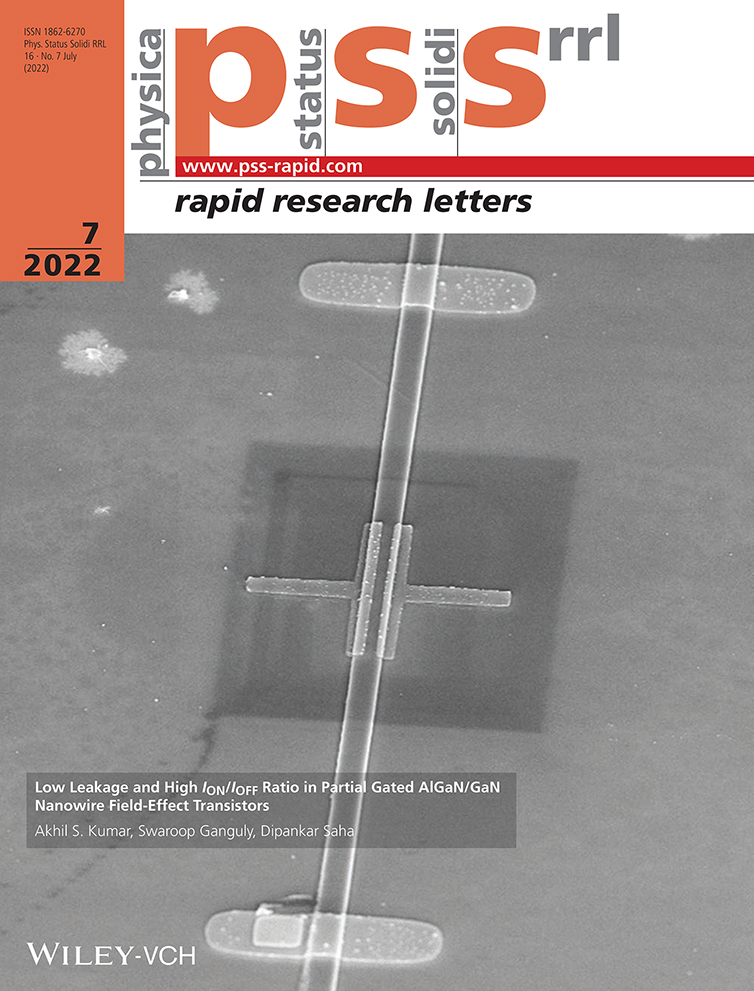A Giant Dual-Resonant in Magnetoelectric Composite Based on Electrical and Electromechanical Coupling Towards Enhanced Working Bandwidth and Frequency Tuning
Abstract
Expanding the resonance bandwidth and achieving tunable frequency are crucial for applying magnetoelectric (ME) composites in variable environments to realize their application, including magnetic and current sensors, tunable microwave devices, energy harvesters, etc. Herein, a dual-coupling mode of combining electrical and electromechanical to implement wide bandwidth and frequency tuning in a ME laminated composite connected to an external inductor is investigated. Furthermore, this dual-coupling mode is theoretically and experimentally studied and two resonances based on an equivalent circuit method are predicted. When the ME composite is connected to an inductor of 0.5 mH with an internal resistance of 31.74 Ω, the experimental result shows that the bandwidth increased by 429.32% compared with the original. In contrast, while the ME composite is connected to an inductor of 0.5 mH with an internal resistance of 12.16 Ω, two ME voltage coefficients (αV) are dramatically increased by 302.29% and 356.80% at resonance peaks, and the resonance frequencies are proportionally tuned of 6.84% (Δf1 = 6.24 kHz) and 4.74% (Δf2 = 4.32 kHz), respectively. These experimental results are significantly in agreement with the theoretical analysis. Therefore, the proposed method effectively achieves bandwidth expansion, ME coupling coefficient enhancement, and resonance frequency tuning.
Conflict of Interest
The authors declare no conflict of interest.
Open Research
Data Availability Statement
Research data are not shared.




